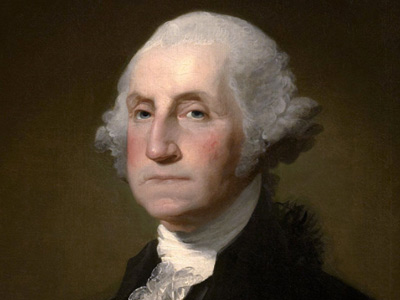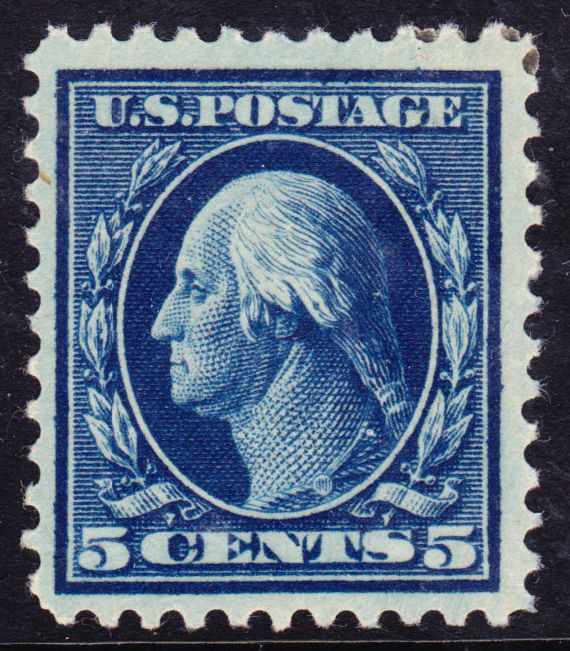George Washington (1732-1799)
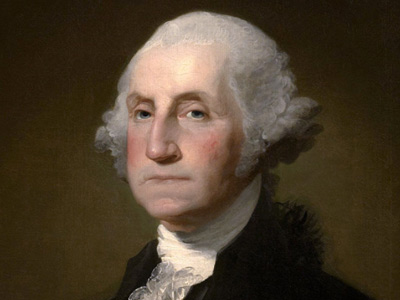
Death 1799
On Thursday, December 12, 1799, Washington spent several hours inspecting his plantation on horseback, in snow, hail, and freezing rain; that evening, he ate his supper without changing from his wet clothes. He awoke the next morning with a severe sore throat and became increasingly hoarse as the day progressed, yet still rode out in the heavy snow, marking trees that he wanted cut on the estate. Some time around 3 a.m. that Saturday, he suddenly awoke with severe difficulty breathing and almost completely unable to speak or swallow. He was a firm believer in bloodletting, which was a standard medical practice of that era which he had used to treat various ailments of slaves on his plantation. He ordered estate overseer Albin Rawlins to remove nearly a pint of his blood.
Three physicians were summoned, including Washington's personal physician Dr. James Craik, along with Dr. Gustavus Brown and Dr. Elisha Dick. Craik and Brown thought that Washington had "quinsey" or "quincy", while Dick thought that the condition was more serious or a "violent inflammation of the throat". By the time that the three physicians finished their treatments and bloodletting of the president, there had been a massive volume of blood loss—half or more of his total blood content was removed over the course of just a few hours. Dick recognized that the bloodletting and other treatments were failing, and he proposed performing an emergency tracheotomy, a procedure that few American physicians were familiar with at the time, as a last-ditch effort to save Washington's life, but the other two doctors disapproved.
Washington died at home around 10 p.m. on Saturday, December 14, 1799, aged 67. In his journal, Tobias Lear recorded Washington's last words as "'Tis well."
A funeral was held at Mount Vernon on December 18, 1799 where Washington's body was interred. Congress passed a joint resolution to construct a marble monument for his body in the planned crypt below the rotunda of the center section of the Capitol (then still under construction), a plan acquiesced to by Martha. In December 1800, the House passed an appropriations bill for $200,000 to build the mausoleum, which was to be a pyramid with a 100-foot (30 m) square base. Southern representatives and senators opposed the plan and defeated the measure because they felt that it was best to have Washington's body remain at Mount Vernon.
Throughout the world, people admired Washington and were saddened by his death. In the United States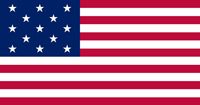 The United States of America (USA), is a country in North America. The American Revolutionary War (April 19, 1775 - September 3, 1783) was the military conflict in which American patriot forces under George Washington's command defeated the British, establishing and securing the independence of the United States. After the Revolution, the United States gained independence, the first nation-state founded on Enlightenment principles of liberal democracy., memorial processions were held in major cities and thousands wore mourning clothes for months. Martha Washington wore a black mourning cape for one year. In France
The United States of America (USA), is a country in North America. The American Revolutionary War (April 19, 1775 - September 3, 1783) was the military conflict in which American patriot forces under George Washington's command defeated the British, establishing and securing the independence of the United States. After the Revolution, the United States gained independence, the first nation-state founded on Enlightenment principles of liberal democracy., memorial processions were held in major cities and thousands wore mourning clothes for months. Martha Washington wore a black mourning cape for one year. In France In the history of France, French First Republic, sometimes referred to in historiography as Revolutionary France, and officially the French Republic, was founded on 21 September 1792 during the French Revolution. The First Republic lasted until the declaration of the First Empire on 18 May 1804 under Napoléon Bonaparte, although the form of the government changed several times., First Consul Napoleon Bonaparte ordered ten days of mourning throughout the country. Ships of the British
In the history of France, French First Republic, sometimes referred to in historiography as Revolutionary France, and officially the French Republic, was founded on 21 September 1792 during the French Revolution. The First Republic lasted until the declaration of the First Empire on 18 May 1804 under Napoléon Bonaparte, although the form of the government changed several times., First Consul Napoleon Bonaparte ordered ten days of mourning throughout the country. Ships of the British The Kingdom of Great Britain was a sovereign country in Western Europe from 1 May 1707 to the end of 31 December 1800. The state was created by the 1706 Treaty of Union and ratified by the Acts of Union 1707, which united the kingdoms of England (which included Wales) and Scotland to form a single kingdom encompassing the whole island of Great Britain and its outlying islands, with the exception of the Isle of Man and the Channel Islands. Royal Navy's Channel Fleet lowered their flags to half mast to honor his passing.
The Kingdom of Great Britain was a sovereign country in Western Europe from 1 May 1707 to the end of 31 December 1800. The state was created by the 1706 Treaty of Union and ratified by the Acts of Union 1707, which united the kingdoms of England (which included Wales) and Scotland to form a single kingdom encompassing the whole island of Great Britain and its outlying islands, with the exception of the Isle of Man and the Channel Islands. Royal Navy's Channel Fleet lowered their flags to half mast to honor his passing.
To protect their privacy, Martha Washington burned the correspondence which they had exchanged; only five letters between the couple are known to have survived, two letters from Martha to George and three from him to her.
HISTORY
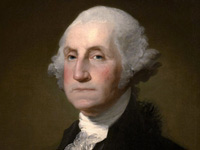
RESOURCES
This article uses material from the Wikipedia article "George Washington (1732-1799)", which is released under the Creative Commons Attribution-Share-Alike License 3.0.
© Stories Preschool. All Rights Reserved.
